Dermaplaning Regret: How to Avoid a Potential Horror Story

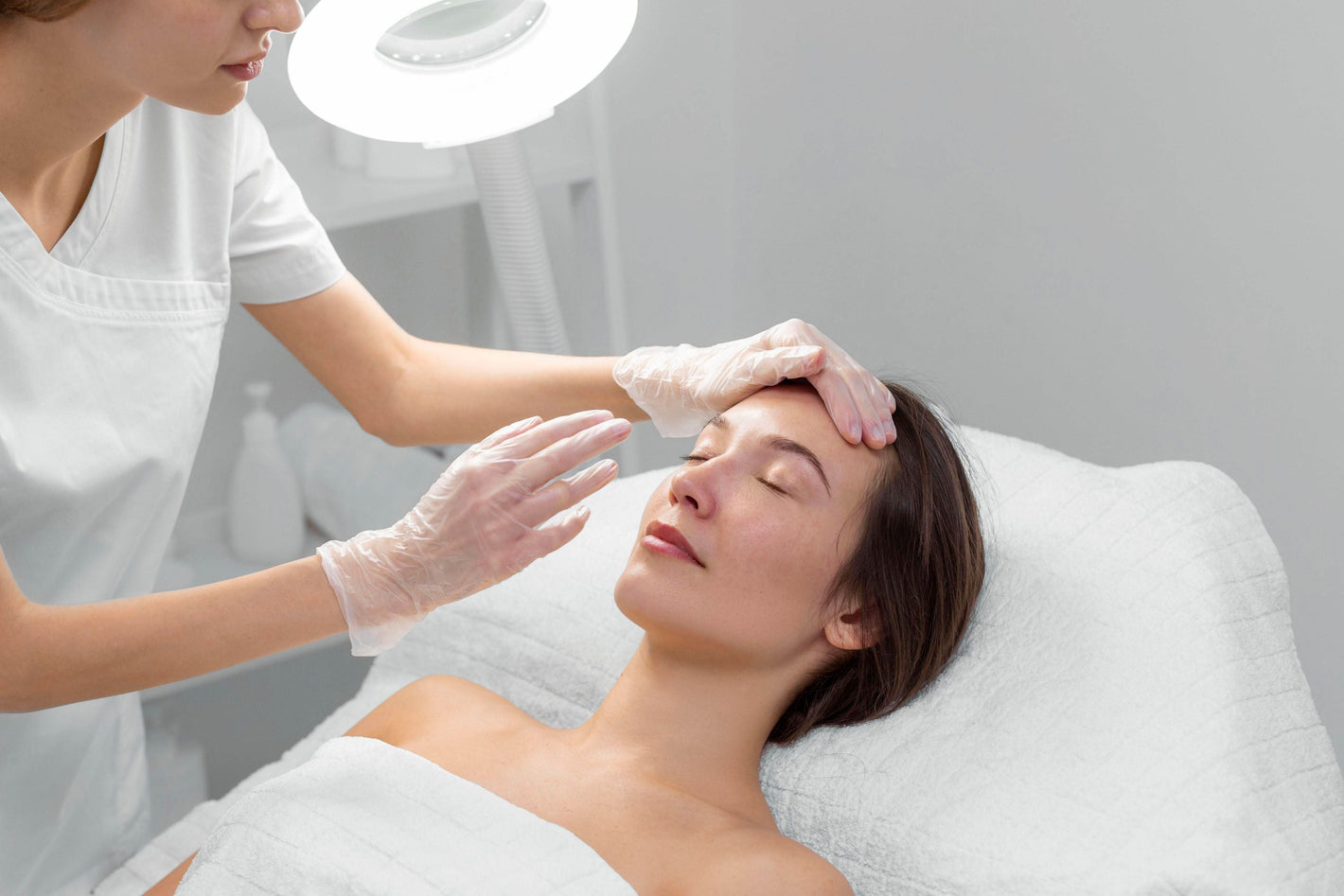
Related products
Ever dreamed of having skin as smooth as silk? Fed up with tough dead skin and purple marks spoiling your radiance? If this sounds familiar, you may have thought about trying dermaplaning, a new skin treatment that claims to give your face a fresh start. But what if these magical treatments don't deliver what they promise?
Many folks jump into dermaplaning with high hopes to end up with unexpected outcomes that make them wish they hadn't. From skin irritation and patchy results to disappointment with the product, dermaplaning can become a nightmare if you're not careful. In this article, we'll examine the good and bad sides of dermaplaning, including tips to get the most out of it and steer clear of possible problems. Let's make sure your path to better skin turns out great with no regrets!
What is Dermaplaning?
Dermaplaning involves a doctor using a clean surgical blade to remove the uppermost layer of dead skin cells and tiny hairs from your face. This method can enhance skin feel, help products sink in better, and set up a perfect base for putting on makeup. While it has many plus points, you need to get the facts before jumping in. To maintain the glow after treatments like dermaplaning, you might want to explore skin care essentials that cater to post-exfoliation skin recovery and hydration.
Skin Renewal: Dermaplaning takes off dead skin helping new cells grow and bringing out fresh bright skin.
Sleeker Skin: This treatment helps make skin smoother so makeup goes on more.
Better Product Use: When the layer of dead skin is gone, skin care items can go deeper and work better.
Less Visible Acne Marks: Getting this done often can help fade light acne scars.
Quick Effects: Many people see changes right after dermaplaning saying their skin feels soft and looks bright.
Understanding Dermaplaning Regret
Dermaplaning offers many advantages, but it comes with its share of risks. Some people feel regret after the treatment for several reasons. These include skin irritation bad reactions, or dissatisfaction with the outcome. Here's how you can avoid these problems.
Skin Renewal Benefits of Dermaplaning
-
Smoother Skin: Helps makeup go on better.
-
Enhanced Product Penetration: Boosts skincare absorption.
-
Brighter Complexion: Many report instant brightness after treatment.
For those considering professional skin rejuvenation at home, the Dr. Pen A11 Ultra Ultima PRO Microneedling Pen offers an advanced way to enhance collagen production and skin renewal, a perfect complement to dermaplaning results.
Understanding Dermaplaning Regret
Dermaplaning offers many advantages, but it comes with its share of risks. These include skin irritation, breakouts, and dissatisfaction due to improper techniques or poor aftercare.
If you are looking to add a futuristic twist to your skincare, the Dr. Pen Bio Pen Q2 3-in-1 Microneedling Pen With LED Light Therapy and Microcurrent combines microneedling with LED light and microcurrent therapy, helping enhance your skin recovery and minimize post-treatment regrets.
What Causes Dermaplaning Regret?
-
Over-Exfoliation
-
Improper Technique
-
Sensitive Skin Reactions
-
Poor Aftercare
Those with easily reactive skin should consider exploring products tailored for delicate skin types like those found in sensitive skincare collections to better safeguard post-dermaplaning healing.
How to Avoid Dermaplaning Horror Stories?
Select a Suitable Expert: Research thoroughly before booking.
Pre-Treatment Care: Avoid exfoliants and retinoids for at least 5 days before your appointment. Drink plenty of water and limit sun exposure.
If you're seeking an efficient, compact skin treatment tool at home, the Dr. Pen Ultima A1 Derma Pen Auto Skin Micro Needling Pen can be a smart investment to promote skin healing and texture enhancement when used properly post-dermaplaning.
Learn About Post-Treatment Care
After dermaplaning, your skin needs calming and deep hydration. Applying a nourishing lotion like Hopes Relief Derma-Lotion 110g helps soothe irritation, enhance recovery, and maintain your new skin’s smoothness.
Listen To Your Skin: When to Pause
If you notice prolonged redness or irritation after dermaplaning, it’s important to consult your skincare expert. Following a simple and gentle hydration routine is crucial.
A soft, cooling moisturizer such as Dermacool Aqueous Cream 1% 100g can offer immediate relief to sensitive post-procedure skin, helping you recover faster and avoid further complications.
What are the Common Causes of Dermaplaning Regret?
Over-Exfoliation: Treatments that happen too often can remove essential oils from the skin. This has an impact on the skin making it dry, irritated, and sensitive.
Example Scenario: Sarah booked her first-ever dermaplaning appointment with much anticipation and even opted for another session two weeks after believing it will help boost the results. This time however, her skin turned erythematous and very uncomfortable leading her to regret having such cool touch treatment in such short intervals.
Improper Technique: When not done right, dermaplaning can cut or nick the skin, or leave the skin texture uneven.
Example Scenario: Jessica looked for a highly-rated spa but was treated by a dermaplaning trainee. The outcome? Minor cuts and uneven texture that took weeks to recover.
Sensitive Skin Reactions: People with sensitive or reactive skin might see redness, feel a burning sensation, or get breakouts after the procedure.
Example Scenario: Emily, who used to suffer from rosacea, thought she’d give dermaplaning a go. Her dermatologist warned her against it but she disregarded the advice and underwent the procedure and this resulted in extreme redness and pain lasting for several days.
Inadequate Aftercare: Not taking proper care after the treatment can cause problems. These include breakouts or increased skin sensitivity.
Example Scenario: Mia underwent a great dermaplaning treatment but failed to follow the aftercare instructions. She wore make-up on the same day and also failed to use sunscreen, leading to some irritation and a few spots in a couple of days.
How to Avoid Dermaplaning Potential Horror Stories?
-
Select a Suitable Expert
Evaluate Providers: Start your dermaplaning journey by investigating various providers thoroughly. Consider finding a licensed aesthetician or a dermatologist who is particularly qualified in and has sufficient experience with dermaplaning.
Look Up Recommendations: Sites with reviews and recommendations can help know how others have fared. Not all will however, speak about the final results, professionalism, and even the general culture of the facility.
Validate Skills: Make sure that the provider will not be an intern, but a trained and certified expert. Do not shy away from inquiring about how long they have been into practice and how often do they perform dermaplaning.
-
Arrange for A Meeting
Skin Assessment: Schedule and visit your preferred provider for a consultation prior to dermaplaning. They must also defend your medical dermaplaning skin type skin concerns and history.
Share Concerns: To encourage their patients, providers should also inquire about any oral or topical medications that patients may have taken before, as well as obvious worries. An excellent provider will not only provide the answers, but will also make you feel at ease.
-
Learn the Procedure
What to be Delivered: The knowledge of the dermaplaning course will also help to calm your nerves in case you have any. A standard session is approximately thirty to forty-five minutes and causes little pain.
Realistic Outcomes: Although many of them achieve excellent results, it is very important to remain inverse. The results after dermaplaning in most cases will improve the skin, but will not help with problems that are much deeper such as inflammatory scarring or rich lines.
-
Make Preparations for Your Skin
Pre-Treatment Recommendations: In order to retain the skin in the best condition possible for dermaplaning, do not apply strong exfoliants, retinoids, or acids for a period of at least 3 to 5 days before the appointment. This will also reduce the sensitivity during the procedure.
Hydrate: Drink plenty of water leading up to your appointment. Hydrated skin is more resilient and responds better to treatment.
Avoid Sun Exposure: Limit sun exposure for several days before your appointment, as sunburned skin is not suitable for dermaplaning.
-
Learn About Post-treatment Care
Compliance with Aftercare Recommendations: Every provider will have their own aftercare guidelines. This may include restrictions on the use of harsh soaps and heavy cosmetics, and use of calming agents.
Hydration: Keeping the skin moisturized after the procedure is very important. Use hydrogel or aloe vera friendly products.
Sun Protection: Skin after dermaplaning is more prone to sun exposure. Use broad spectrum sunscreen with SPF 30 or more and refrain from going out in the sun for several days.
-
Listen To Your Skin
Pay Attention to the Skin’s Response: It is important to observe your skin after the treatment. Report in case of any prolonged redness or “angry” skin or any adverse responses to your service provider without delay.
Understand When to Refuse: If your skin is sensitive, red or sunburnt, it may be better to reschedule. Your skin deserves to be prioritized.
-
Do Not Supply Overly Generous Limits
Wait Between Treatments: Don’t be so eager to book derma plane appointments in quick succession. For instance, practitioners suggest a gap of at least 4-6 weeks for the procedure in order to give the skin time to heal again.
Overlap of Treatments: Should you wish to undergo other procedures like chemical peeling and microdermabrasion, speak to your practitioner on when to do the treatments. Shooting without the proper spacing of such treatments may irritate or cause negative effects.
-
Stay Informed
Get Acquainted with the Process: Get to know everything about dermaplaning, the process, tools and side effects involved. This enables you to make the right decisions.
Make Inquiries: You have every right to find out all the relevant information from your provider before the treatment, especially on the procedure, aftercare and any other issues that bother you. Treating patients well from the first treatment is dependent on effective communication.
-
Do not skip skin care regimen every time
Surgical Exfoliation Therapy: Following your treatment, you should apply moisturizing and soothing agents. Steer clear of aggressive peeling formulations for at least a week and aim to calm and nourish your skin.
Postoperative Care: Adhere to and incorporate a regimen aimed at facilitating healing following each dermaplaning session. This should involve gentle cleansers, moisturizers and sunscreen to ensure the wellbeing of your skin and maintenance of the results of dermaplaning.
-
Understand the Situations Which Require You to Visit an Expert
Adjust Your Skin Care Regimen: In the case of dermaplaning, pay attention to your skin and how it reacts. Always communicate with your provider if you notice redness that lasts too long, feels irritated or signs of inflammation such as pus or heat.
Always Seek the Help of an Expert: In case skin issues persist or side effects develop, don’t worry a skin doctor will give you the best help and advice any treatment option you can use.
Recognizing and Dealing with the Feeling of Regret
Feeling regret or remorse after receiving a derma plane therapy is quite common though quite upsetting. Nevertheless, knowing the signs and how to deal with them allows one to minimize the consequences of such regret and ensure the skin is as healthy as it ought to be. Below is an elaborate discussion on self-care of the skin after a dermaplaning procedure.
1. Irritation and Redness
Understanding Redness and Irritation: Following treatment, irritation and redness are expected due to dermaplaning which is the most superficial removing the dead epidermis. This surface acts as a barrier, hence without it, a more easily irritated skin is liable.
Immediate Actions:
Cold Compress - Take a clean frozen washcloth, moisten it with cold water, wring out excess water and place on affected area for about 10_15 minutes. It is a cooling method that relieves swelling and addresses redness. The mounted cloth should be tender so as not to bruise the skin again in the process.
Avoid Irritants - O intakes any form of alcohol, fragrance, or any other product with a strong active ingredient such as retinoids, exfoliating acids, or anything else, after the treatments- These substances can lead to a greater level of irritation and occurrence of irritation for a longer duration, vice versa.
Hydrators - Apply gentle soothing hydrating products containing aloe vera, chamomile, or calendula. These natural extracts will help ease the inflammation and help the skin heal.
Long Term Control:
Patch Testing - Do a patch test before the application of any new products on the entire skin that is if you’re not so sure how it your skin will react to that product.
Consultation - If the erythema does not resolve within a few days or appears to get worse, please contact your skincare practitioner or dermatologist for specific strategies or treatments, such as prescribing topical corticosteroids or creams.
2. Breakouts
Breakouts Occurrence - The reasons of breakouts after dermaplaning treatment are many and comprise of the following factors:
Very dry climate, humidifiers can add a level of moisture back into the air and assist your skin in recovering more easily without any extra effort from you.
Product Irritation - The immediate use of heavy pore congesting products after treatment can also inhibit healing and cause breakouts.
Immediate Steps:
Gentle Cleansing - Apply a mild, foam-free, non-comedogenic cleanser to wash the affected areas of the face. Do not use any exfoliating cleansers or scrubs for at least 7 days, as this could aggravate the inflammation.
Spot Treatments - In case of noticing certain spots affected with acne, a description or consideration of using a spot treatment with benzoyl peroxide or salicylic acid would be appropriate. These should be used carefully so as not to cause excessive drying of the surrounding skin.
Long-Term Management:
Product Selection - Choose skincare or makeup products that do not cause blocking of the skin pores. Look for labels which have words such as “oil-free” and “non-acnegenic” on them.
Regular Consultations - If there are persistent breakouts after dermaplaning, carry out regular appointments with a dermatologist. He/she can assess the potential causes and propose referrals, medication, or procedures since they will figure out the cause.
3. Dryness or Flaking
Causes of Dryness: After dermaplaning, your skin might feel dry or flaky due to the loss of the protective outer layer. This layer helps maintain the moisture content of the skin and its loss can hinder the skin barrier.
Immediate Steps:
Intensive Moisturization - Use a thick moisturizer even before you leave the treatment room. For instance, use hyaluronic acid, glycerine, or shea butter that helps to seal moisture in the skin.
Hydrating Serums - You may opt for a hydrating serum which has hyaluronic acid or ceramides. These ingredients are known to draw moisture and help in the restoration of skin barrier.
Long-Term Management:
Exfoliation should be avoided: You need to fight the urge to exfoliate at least a week after dermaplaning. The skin, in fact, requires time for rest and to heal and also act to protect itself from the elements.
Use of humidifiers - If you live in a dry climate or during winter months, using a humidifier can help maintain moisture levels in the air, benefiting your skin's hydration.
4. Uneven Texture
Understanding Uneven Texture: After dermaplaning, some may notice that their skin feels uneven or rough. This could be due to residual dead skin that wasn't removed or the skin's response to the procedure.
Immediate Steps:
Gentle Hydration - Make sure to apply a good moisturizer to your skin to retain moisture. As a result, every skin surface quite possibly improves uneven texture since the skin is plumped and its planes are more even.
Avoid Aggressive Products - After treatment, for about a week, do not use scrubs, acids or any other product that may irritate or exfoliate the skin.
Long-Term Management:
Follow-Up Treatments - In case of more than minimal unevenness in texture, inquire about additional treatments from your specialist. Additional sessions of dermaplaning may be suggested or other procedures like microdermabrasion, chemical peels or microneedling which can enhance texture and tone generally.
Skincare Routine - Follow the basic skin care that consists of gentle exfoliation (after healing), moisturizing, and sun protection consistently. This is important as it helps prevent smooth skin from the accumulation of excess dead skin that can lead to unevenness.
People Also Ask
How often should you get dermaplaning done?
Dermaplaning is typically recommended after every 4 to 6 weeks as it removes the dead skin layer and peach fuzz. In the meantime, It allows the skin to regenerate and give a radiant look.
What must be avoided after a dermaplaning session?
Post-treatment skincare is an essential process to ensure the success of the dermaplaning procedure. It is important to avoid sun exposure, exfoliating products, and heavy makeup for 24 to 48 hours at the least to protect the skin from damages and prevent skin irritation.
Does dermaplaning reduce the appearance of wrinkles?
Dermaplaning may reduce the appearance and prominence of fine lines by removing the superficial dead skin cells and the peach fuzz. This procedure smooths the surface of the skin and creates a youthful and radiant look. However, it does not aim to completely eliminate the deep wrinkles.
Conclusion
Dermaplaning involves a doctor using a clean surgical blade to remove the uppermost layer of dead skin cells and tiny hairs from your face. This method can enhance skin feel, help products sink in better, and set up a perfect base for putting on makeup. While it has many plus points, you need to get the facts before jumping in. This procedure helps with potential skin renewal, sleeker skin, better use of the applied products, less visible acne marks and brighter skin right after getting done with it.
Dermaplaning offers many advantages, but it comes with its fair share of risks. Some people feel regret after the treatment for several reasons. These include skin irritation, bad reactions, or dissatisfaction with the outcome. The common causes of dermaplaning regret includes over-exfoliation, the use of improper technique, sensitive skin reactions and inadequate or inappropriate aftercare. Treatments that happen too often can remove essential oils from the skin. This has an impact on the skin making it dry, irritated, and sensitive. People with sensitive or reactive skin might see redness, feel a burning sensation, or get breakouts after the procedure.
Ways to avoid dermaplaning regret includes careful selection of a suitable skincare expert, arrange a meeting with expert and clarify your skin concerns, learn the procedure, make the required preparations for your skin, learn about the aftercare, listen to your skin and only apply the required efforts, stay informed of the entire process and stay consistent in your skincare routine.



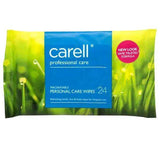
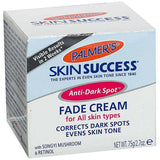


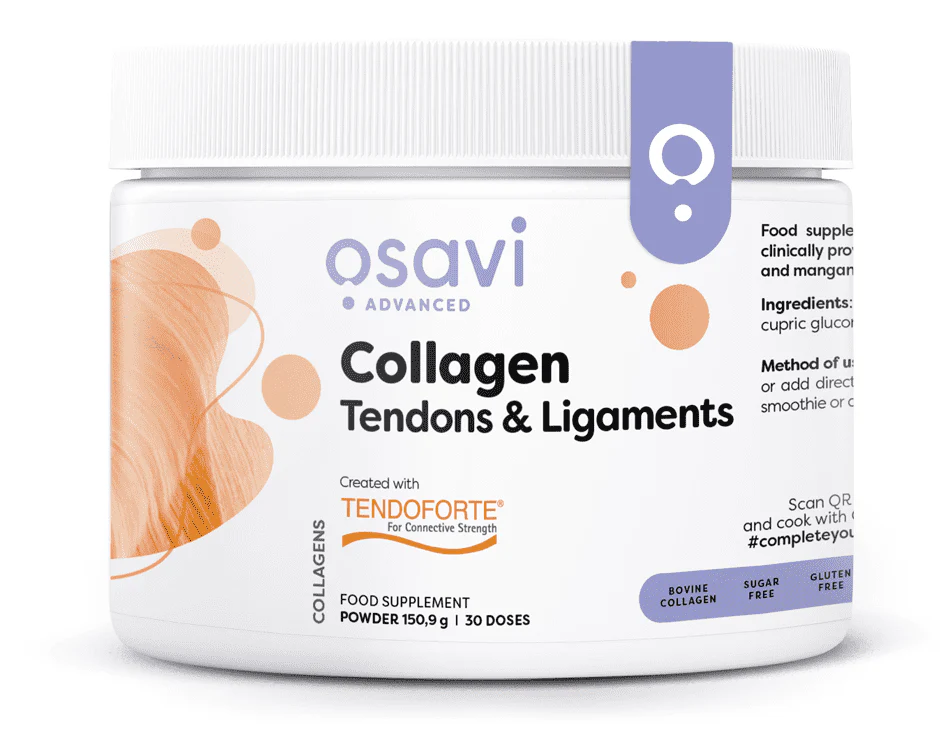

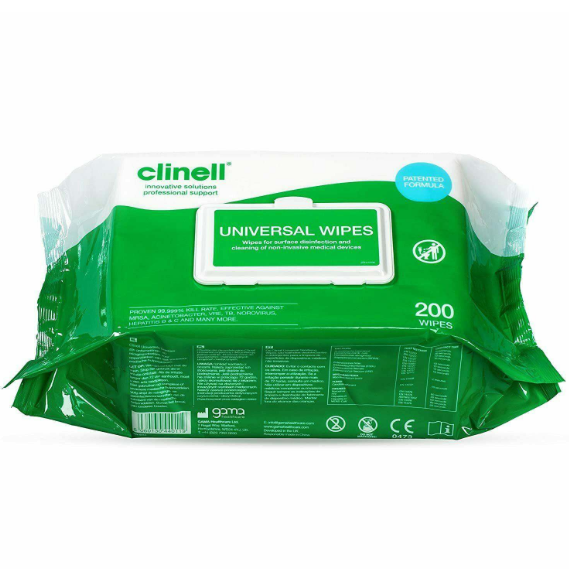
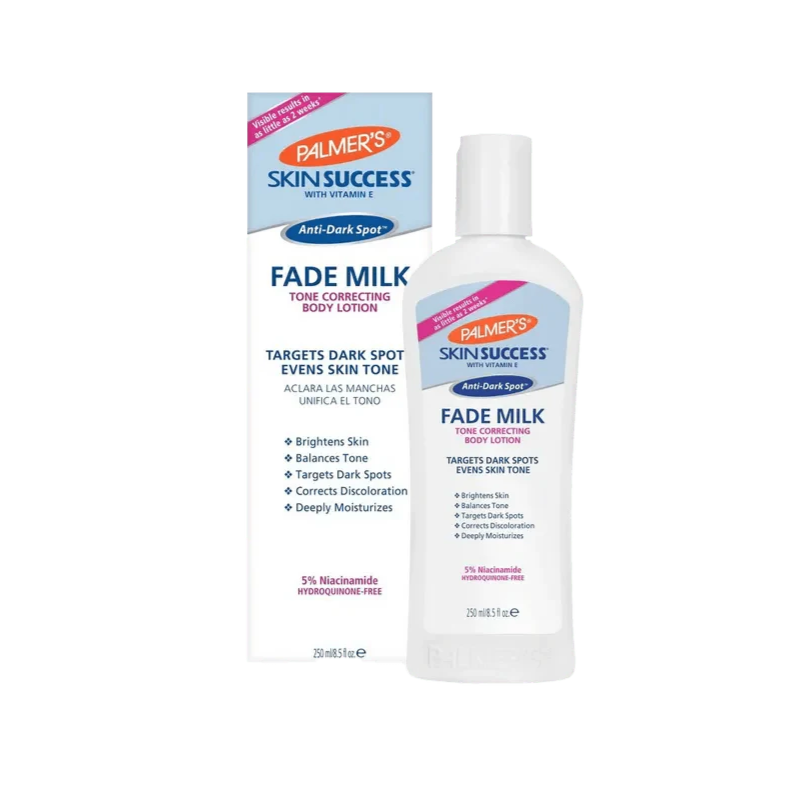

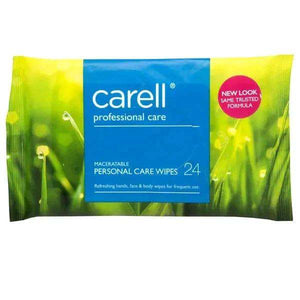
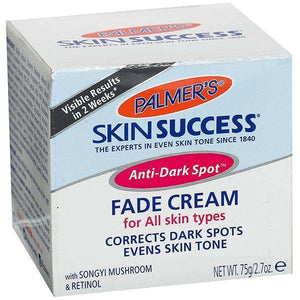

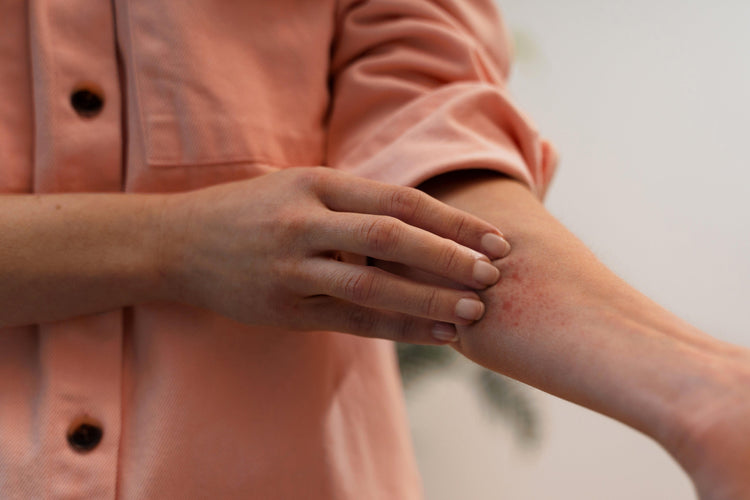
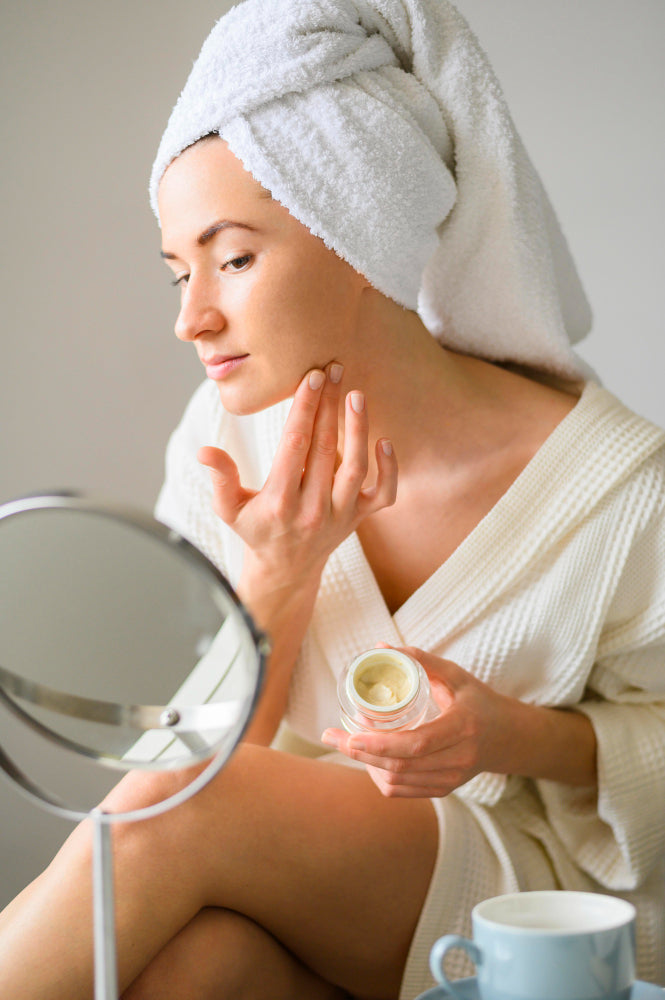
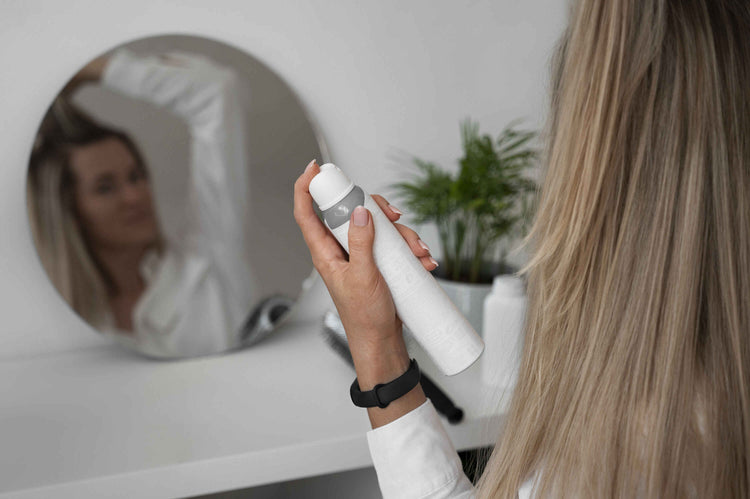

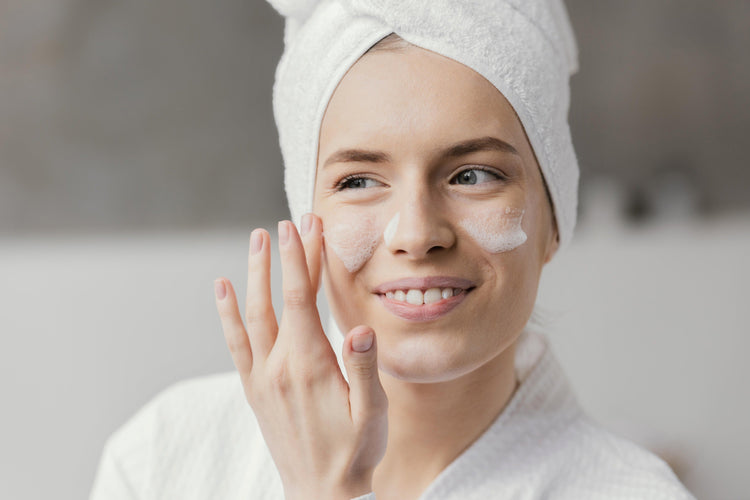



 Rated Excellent by 26,523+ Reviews
Rated Excellent by 26,523+ Reviews